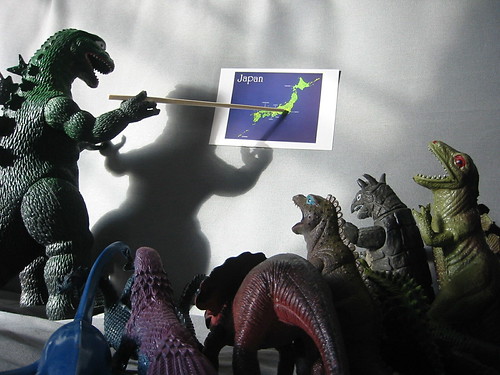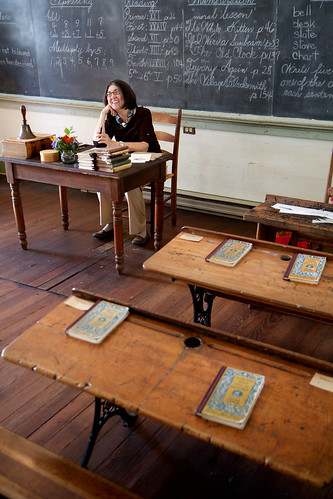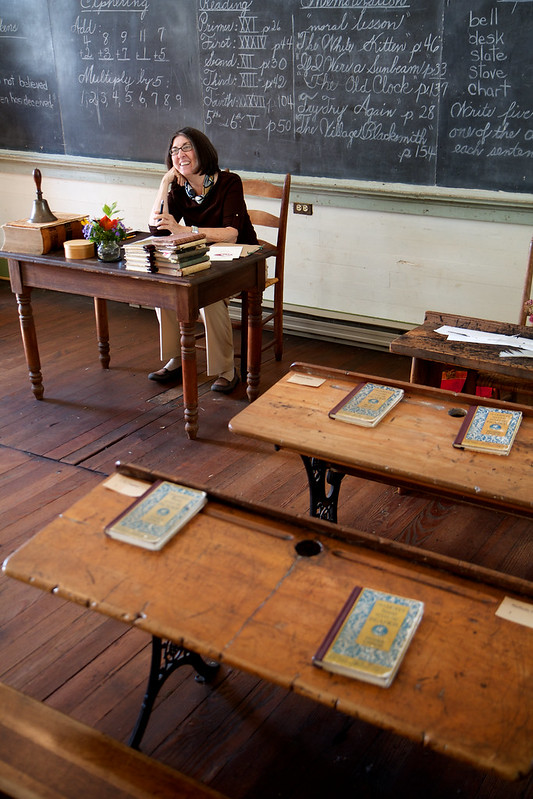September is here; teachers have organised resources and made classrooms look attractive to ensure a good start for the academic year. Those in secondary schools may have been in and out during August for exam results and offering careers advice to pupils based on grades and opportunities available. So the start of the year has already had its beginnings. Now it’s time to receive students in a stimulating environment, conducive to learning, and to set personal and professional goals to make teaching rewarding.

Use that Diary
Most staff will admit the first thing blocked into their academic diaries is the holiday dates. Colour-code them to find where appointments that won’t intrude on term dates can be fitted in. Furthermore, you’ll be able to see when important home life dates appear and adjust your time management to accommodate balance between your personal and professional life. Ever noticed how busy Christmas is? Supply staff’s engagements can be unpredictable but once bookings are made, a diary can become their friend too.
Other essentials to highlight are staff meetings and timetables of any extra-curricular activities you might organise, as field trips might be arranged to coincide with major events or performances that would enrich pupil experience. Check you have no clashes. Utilise any planning calendars to ensure you have a visual reminder nearby. If you are organised, and know what you are doing and when, it is more likely that your planning and delivery of lessons will suit both you and your students, especially when you are setting deadlines for assignments and subsequently assessing them. Make PPA fit your circumstances.

Learning New Names
A first appointment might seem overwhelming in a secondary school where classes change throughout the day and you might not see certain groups of pupils from one week to the next. It is useful to have a system. If you insist on the seating arrangement in the classroom, and it matches a seating plan in your register, it will go some way to helping you learn who’s who. Sometimes pupils need to be grouped together for learning purposes or social reasons, so gather all the information you need from your SENCO or a member of staff who is involved with pastoral care to make sure the arrangements are appropriate.
In a primary school, by the time you have labelled all the exercise books, you will probably be familiar with all the children’s names, though unable to put faces to them. You can either get the children to wear name labels, which perhaps they could make themselves as part of a PHSE lesson, decorated with something of particular importance to them. To make sure you don’t forget a name, you could label their tables if they have designated seating, or create name cards which they take with them as they move about.
Exploit Natural Curiosity
Ask students what they hope to gain from their time with you. Get them to return with a couple of ideas of their expectations next lesson and discuss how they might be achieved; it’s a great way of setting rules without being dictatorial.

http://www.flickr.com/photos/katrinasagemuller/3751402009/sizes/m/in/photostream/
Teachers develop our future through their interaction with pupils today. Planning, motivation and few sneaky tricks along the way can make meeting that challenge much easier.
This article has been created by World Class Teachers, a top London supply teaching agency.



